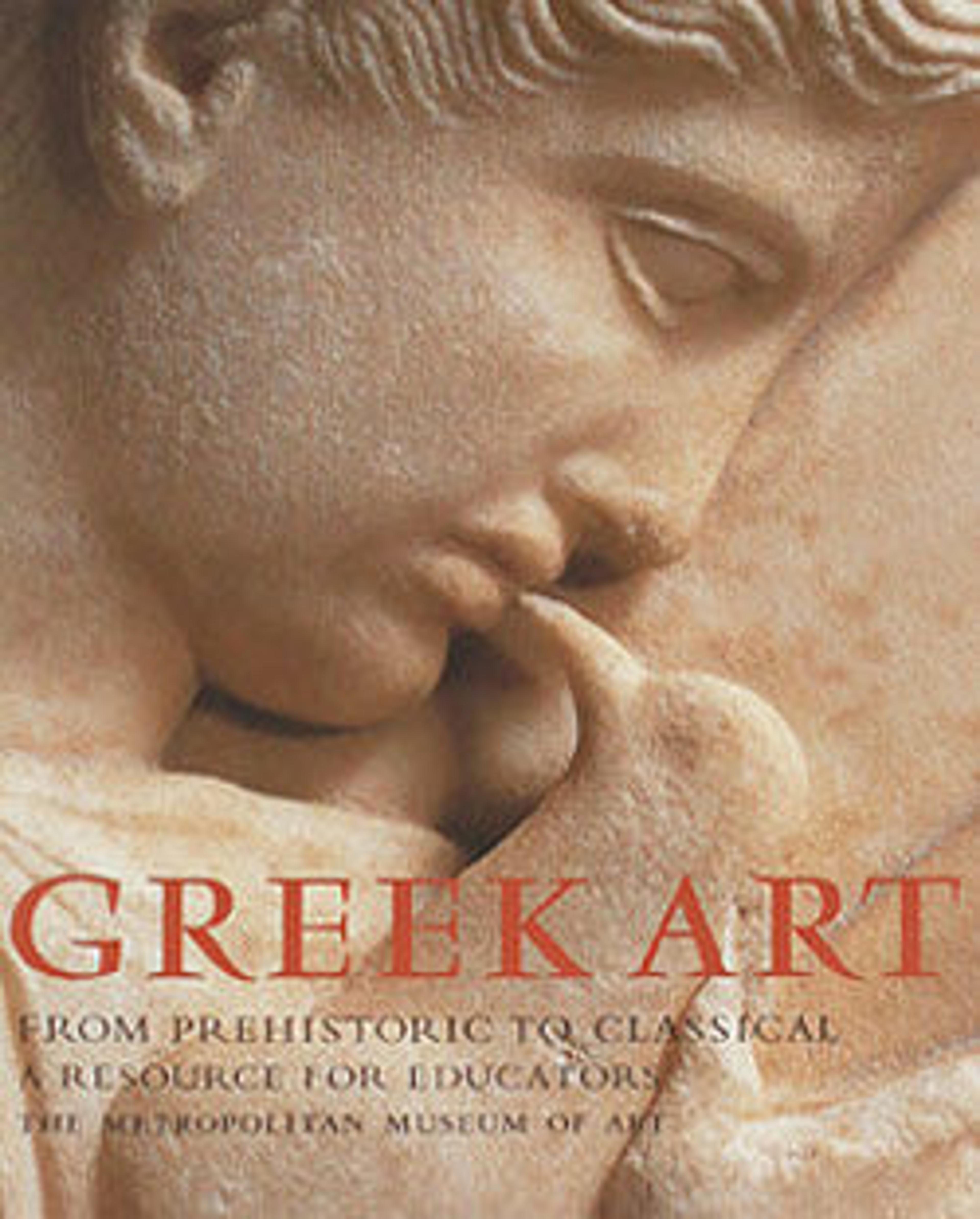Terracotta plaque
Odysseus returning to Penelope
After years of trial and adventure—recounted in Homer's Odyssey—Odysseus returned to his native Ithaka. He found his wife, Penelope, harassed by suitors who had taken over his palace and were consuming his wealth. Odysseus made his entrance looking like a beggar. Here he is shown approaching the disconsolate Penelope, as the faithful members of his household—his father, Laertes, his son, Telemachos, and the swineherd Eumaios—look on.
After years of trial and adventure—recounted in Homer's Odyssey—Odysseus returned to his native Ithaka. He found his wife, Penelope, harassed by suitors who had taken over his palace and were consuming his wealth. Odysseus made his entrance looking like a beggar. Here he is shown approaching the disconsolate Penelope, as the faithful members of his household—his father, Laertes, his son, Telemachos, and the swineherd Eumaios—look on.
Artwork Details
- Title: Terracotta plaque
- Period: Classical
- Date: ca. 460–450 BCE
- Culture: Greek, Melian
- Medium: Terracotta
- Dimensions: Overall: 7 3/8 x 10 15/16in. (18.7 x 27.8cm)
- Classification: Terracottas
- Credit Line: Fletcher Fund, 1930
- Object Number: 30.11.9
- Curatorial Department: Greek and Roman Art
More Artwork
Research Resources
The Met provides unparalleled resources for research and welcomes an international community of students and scholars. The Met's Open Access API is where creators and researchers can connect to the The Met collection. Open Access data and public domain images are available for unrestricted commercial and noncommercial use without permission or fee.
To request images under copyright and other restrictions, please use this Image Request form.
Feedback
We continue to research and examine historical and cultural context for objects in The Met collection. If you have comments or questions about this object record, please contact us using the form below. The Museum looks forward to receiving your comments.
